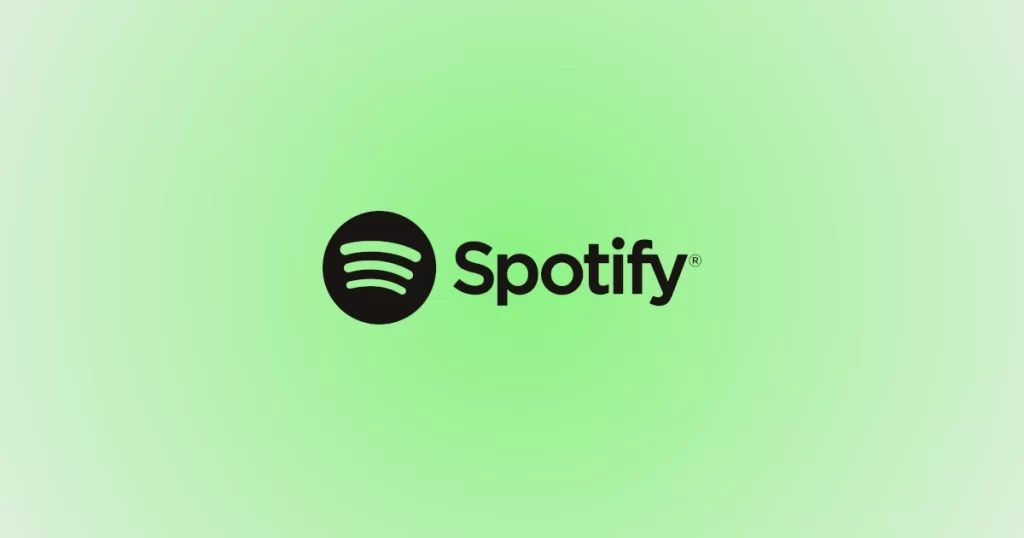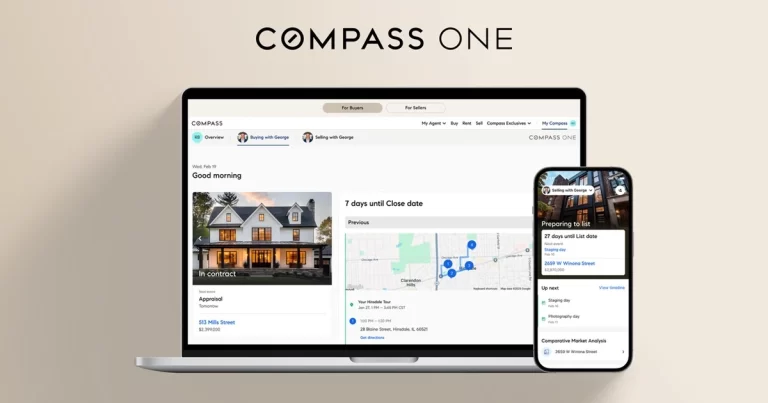Introduction
Spotify has fundamentally changed how people access and engage with music. As the world’s leading audio streaming service, it has not only disrupted traditional music distribution but also set a new standard for user experience in the digital age. This case study explores how the Spotify business model has become a benchmark in the subscription-based music streaming industry, with a focus on its revenue strategy, market expansion, and innovation.
Spotify at a Glance
Founded in Stockholm by Daniel Ek and Martin Lorentzon, Spotify has grown into the world’s largest music streaming platform. As of Q1 2025, it serves over 675 million monthly users, including 268 million paying subscribers across more than 180 countries. Its ability to blend global reach with localized content has been central to this scale.
In 2024 alone, Spotify generated €15 billion in revenue and posted its first annual net profit of €1.14 billion—driven by strategic expansion into podcasts, audiobooks, and emerging markets. The platform’s financial and user growth underline its dominance in a highly competitive landscape.
How Spotify Business Model Powers Its Global Dominance
At the heart of Spotify’s success lies its innovative freemium model, which offers users a choice between a free, ad-supported tier and a premium, subscription-based tier.
The Power of Freemium
Spotify’s success hinges on its freemium model, which serves as both a user acquisition funnel and a revenue machine.
- Free Tier: Users can access millions of songs at no cost, supported by intermittent audio and banner ads. While it has limitations like lower sound quality and no offline listening, it attracts mass adoption, particularly in emerging markets.
- Premium Tier: Offers an ad-free experience, offline downloads, better sound quality, and full control over playback. It’s the core of Spotify’s monetization engine, responsible for over 85% of its revenue.
By allowing users to sample the platform for free, Spotify effectively reduces barriers to entry. Once users are hooked on the personalization and user experience, many opt to upgrade.
Multiple Revenue Streams, One Seamless Experience
Unlike many platforms that rely on a single income source, Spotify has diversified how it earns:
| Revenue Stream | Description |
|---|---|
| Premium Subscriptions | Monthly payments from individual, family, and student accounts |
| Advertising | Revenue from free-tier users via programmatic ads, video takeovers, and sponsored sessions |
| Partnerships | Deals with telecoms (e.g., bundled plans), hardware integrations (e.g., smart speakers), and app ecosystems |
This blend provides Spotify resilience—advertising supports growth in price-sensitive markets, while subscriptions drive recurring revenue and ARPU (average revenue per user).
Customer Segments: One Size Doesn’t Fit All
Spotify doesn’t just serve “listeners.” It segments and tailors its platform for:
- Casual Listeners: Attracted by free access and genre-based playlists.
- Music Aficionados: Seek higher sound quality, curated playlists, and no ads—ideal candidates for Premium.
- Podcasters & Creators: Spotify for Podcasters allows content creators to upload and monetize shows.
- Advertisers: Brands eager to reach niche, behaviorally-targeted audiences on an intimate platform.
This segmentation ensures each user group receives relevant value, which increases engagement and lifetime value.
Marketing and Growth Strategy
Spotify doesn’t just rely on product quality—it amplifies its reach through smart, relatable, and data-driven marketing.
Standout Strategies –
- Spotify Wrapped: A viral, personalized campaign showcasing users’ yearly listening habits. It encourages organic sharing and fuels brand loyalty.
- Localized Marketing: Country-specific playlists, language campaigns, and regional influencer tie-ins help penetrate new markets.
- Competitive Differentiation: Spotify positions itself against competitors like Apple Music by emphasizing a robust free-tier, exclusive content, and stronger personalization.
By blending cultural relevance with deep personalization, Spotify has turned casual users into passionate promoters.
Technology and Innovation
Technology isn’t just a support function at Spotify—it’s the backbone of its entire value proposition. From algorithmic curation to seamless cross-platform functionality, Spotify has built a tech-driven ecosystem that not only delights users but also drives deep engagement, retention, and ultimately, revenue.
Data-Driven Personalization
Central to Spotify’s appeal is its recommendation engine. Powered by machine learning and real-time data, it delivers:
- Custom playlists like Discover Weekly and Daily Mix
- Contextual suggestions based on time, mood, and habits
- Smart discovery features that improve with continued use
This personalization makes Spotify feel like a personal DJ, keeping users engaged and loyal.
Seamless Cross-Platform Access
Spotify’s availability on a wide array of devices—from smartphones and desktops to smart speakers, gaming consoles, and even in-car systems—ensures users can transition between platforms without missing a beat. Its integrations with partners like Google, Samsung, Tesla, and Apple (via CarPlay) make it one of the most accessible music platforms globally.
This consistency across platforms contributes significantly to user satisfaction and brand stickiness.
Artificial Intelligence and Machine Learning
Spotify uses Artificial Intelligence not just for music curation, but also to:
- Predict churn risk and send timely retention offers
- Optimize ad delivery for its free-tier users
- Personalize push notifications and in-app experiences
Behind the scenes, massive datasets are constantly processed using proprietary machine learning frameworks—allowing Spotify to fine-tune not only music delivery but also marketing, pricing, and content strategy.
Scalable Infrastructure
Spotify’s backend runs on cloud infrastructure, primarily through Google Cloud, allowing it to scale rapidly without service interruption. Whether it’s launching in new markets or onboarding millions of users during viral events like “Spotify Wrapped,” the infrastructure remains agile and resilient.
Strategic Initiatives Shaping Spotify’s Future
To stay ahead, Spotify continually evolves through bold strategic moves.
Key Initiatives:
- Podcasts and Audiobooks: Major investments in exclusive shows, creator tools, and audiobook access are turning Spotify into a full-spectrum audio hub.
- Emerging Market Expansion: Custom pricing models and regional campaigns are helping Spotify grow across Asia, Africa, and Latin America.
- New Revenue Models: Features like live audio events, in-app tipping, and premium podcast subscriptions expand Spotify’s income sources.
- Partnerships and M&A: Collaborations with telecom providers, smart device makers, and acquisitions of companies like Anchor and Megaphone bolster its ecosystem.
- Sustainability & Inclusion: ESG efforts include carbon reduction pledges and creator support programs like EQUAL and Sound Up.
These moves future-proof the Spotify subscription-based business model and ensure relevance in a fast-evolving digital landscape.
Competitive Analysis
In 2024, Spotify retained its leadership in the global music streaming industry with a commanding 32% market share, followed by Apple Music at 16% and Amazon Music at 13%. YouTube Music, known for its vast content library, held 10%, while a mix of smaller platforms like Deezer and Tidal made up the remaining 29%. This distribution highlights Spotify’s dominant position, driven by its freemium model, global reach, and continued investment in personalization and podcasts.
Spotify may lead the streaming charts, but it operates in a fierce battleground of global competitors, each with unique strengths. From tech giants to niche platforms, the market is fragmented yet rapidly growing. Here’s how Spotify compares to its closest rivals.
| Feature | Spotify | Apple Music | Amazon Music | YouTube Music |
|---|---|---|---|---|
| Business Model | Freemium | Subscription-only | Subscription (Prime bundled) | Freemium |
| Free Tier | Yes | No | Yes (limited) | Yes |
| Personalization | Advanced AI-based | Moderate | Basic | Moderate |
| Podcast Integration | Strong (exclusive deals) | Limited | Weak | Weak |
| Smart Device Compatibility | High (across all platforms) | Strong (Apple ecosystem) | Very strong (Alexa integration) | Moderate |
| Content Discovery | Robust with curated playlists | Moderate | Basic | Very broad (via YouTube) |
| Global Reach | Available in 180+ countries | Available in 160+ countries | Available in 50+ countries | Available in 100+ countries |
| User Engagement Campaigns | Spotify Wrapped, daily mixes | Minimal | Minimal | Minimal |
What sets Spotify apart is how personal it feels. With tailored playlists and an intuitive interface, it offers a user experience that keeps people coming back. Its large community and constant feature updates make the platform feel fresh and engaging.
A key strength is its freemium model. Letting users stream for free—with ads—helps attract a broad audience, many of whom eventually switch to paid plans.
Still, the competition is tough. Rivals continue to push forward, aiming to narrow the gap.
Key Outcomes and Industry Impact
Spotify User and Revenue Growth
Spotify’s user base grew steadily over the past year, climbing from around 615 million to 678 million monthly active users. Premium subscribers also rose to 268 million, showing strong conversion from free to paid tiers. Revenue peaked at €4.5 billion in late 2024 before easing slightly in early 2025. The overall trend reflects healthy growth and consistent engagement across the platform.
Key Highlights from Spotify’s Overall Performance
- User Growth: Surpassed 500 million users, including over 200 million premium subscribers, driven by expansion into emerging markets and personalized content strategies.
- Podcast Leadership: Spotify is now one of the top global podcast distributors, with exclusive content boosting engagement and advertising revenue.
- Revenue Growth: Premium subscriptions and podcast ads have steadily increased revenue, with slight improvements in gross margins despite high licensing costs.
- User Retention: Personalization features like “Discover Weekly” have strengthened user loyalty and reduced churn.
- Global Reach: Available in 180+ countries, Spotify has widened its footprint and unlocked new growth opportunities.
- Artist Relations: Tools like Spotify for Artists and direct deals have deepened ties with the music industry and enhanced content exclusivity.
- Brand Strength: Recognized as a global leader in music streaming, Spotify’s brand equity supports its continued dominance and cross-sector partnerships.
Challenges and Opportunities Ahead
Despite its success, Spotify faces several challenges:
- Licensing Costs: High royalty payments to rights holders impact profitability.
- Competition: Rivalry with other streaming platforms like Apple Music and Amazon Music.
- Content Diversification: Expanding into podcasts and audiobooks presents both opportunities and challenges.
Opportunities for growth include:
- Emerging Markets: Further expansion into regions with growing internet penetration.
- Original Content: Investing in exclusive content to differentiate from competitors.
- Technological Advancements: Leveraging AI and machine learning to enhance user experience.
Conclusion and Key Takeaways
Spotify’s business model, characterized by its freemium approach and emphasis on personalization, has positioned it as a leader in the subscription-based music streaming industry. By continuously innovating and adapting to market trends, Spotify has not only transformed how we consume music but also set new standards for user engagement and content delivery.
Key Takeaways:
- The freemium model effectively converts free users to paying subscribers.
- Personalized content enhances user engagement and retention.
- Strategic partnerships and global expansion fuel growth.
- Continuous innovation in technology and content offerings is crucial for maintaining market leadership.




